When we think of the Mesozoic Era—the “Age of Dinosaurs” spanning from 252 to 66 million years ago—massive dinosaurs often dominate our imagination. However, this fascinating period was also a critical time for the evolution and diversification of squamates—the reptile group that includes modern snakes and lizards. These smaller reptiles were developing remarkable adaptations and ecological niches while dinosaurs ruled the land, ultimately surviving the mass extinction that claimed their larger counterparts. Their evolutionary journey during this time laid the groundwork for the incredible diversity of scaled reptiles we see today.
The Origins of Squamates
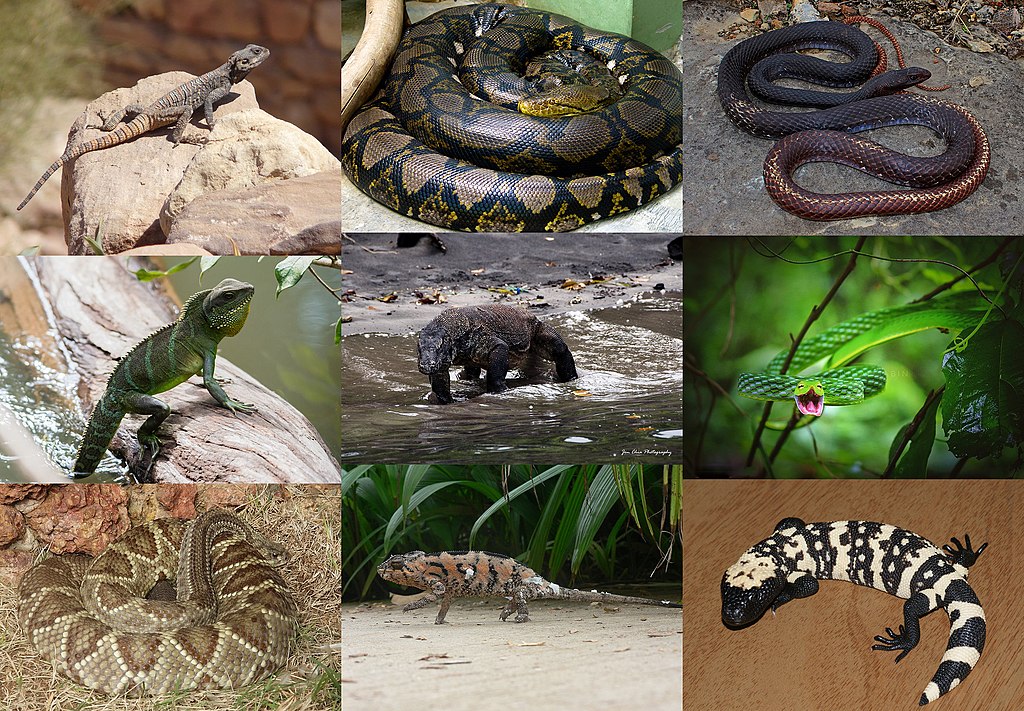
Squamates, the group containing all lizards and snakes, first appeared in the fossil record during the Middle Triassic period, approximately 240 million years ago. These early squamates were small, lizard-like creatures that already displayed the characteristic overlapping scales that define the group today. The earliest definitive squamate fossil is Megachirella wachtleri, discovered in the Italian Alps and dating back about 240 million years. This palm-sized reptile represents a crucial transitional form, showing features that would later develop into the distinctive traits of modern lizards and snakes. During the Triassic period, these early squamates likely competed with other small reptiles like the rhynchocephalians, the group that today is represented only by the tuatara of New Zealand.
Lizard Diversity During the Jurassic
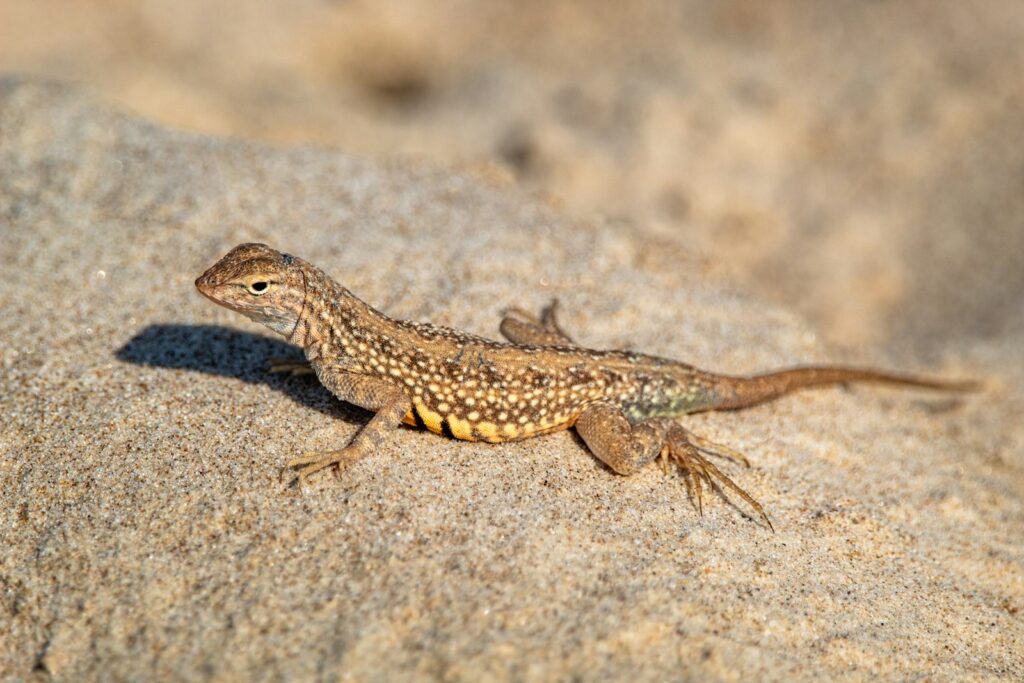
The Jurassic period (201-145 million years ago) witnessed a significant radiation of lizard groups as they adapted to fill various ecological niches. Fossil evidence shows that many modern lizard families had their origins during this time, with specimens displaying increasingly specialized features. Notable among Jurassic lizards were the Paramacellodidae, a family of small, ground-dwelling lizards with robust limbs that likely scurried through the understory of conifer forests. Another important group was the Dorsetisauridae, lizards that show some similarities to modern skinks. The diversification during this period laid the groundwork for the explosion of lizard types that would follow in the Cretaceous. Interestingly, many Jurassic lizards already showed adaptations for different diets, from insectivorous forms with sharp, pointed teeth to omnivores with more complex dentition.
The First Snakes Emerge

The evolutionary origins of snakes represent one of the most dramatic transformations in vertebrate evolution, involving the complete loss of limbs and extreme elongation of the body. The earliest known snake fossils appear in the fossil record during the Middle Jurassic to Early Cretaceous periods, roughly 170-120 million years ago. These primitive snakes, such as Eophis underwoodi and Portugalophis lignites, still retained vestigial hind limbs, revealing their evolutionary connection to lizard ancestors. The transition to a limbless body plan likely evolved as an adaptation for burrowing or swimming, though paleontologists continue to debate which lifestyle came first. By the mid-Cretaceous period, more advanced snakes like Najash rionegrina still possessed small hind limbs but showed many features of modern snakes, including adaptations in their skull that allowed them to consume larger prey. This evolutionary innovation would become a hallmark of snakes and contribute to their later success.
Marine Lizards of the Mesozoic
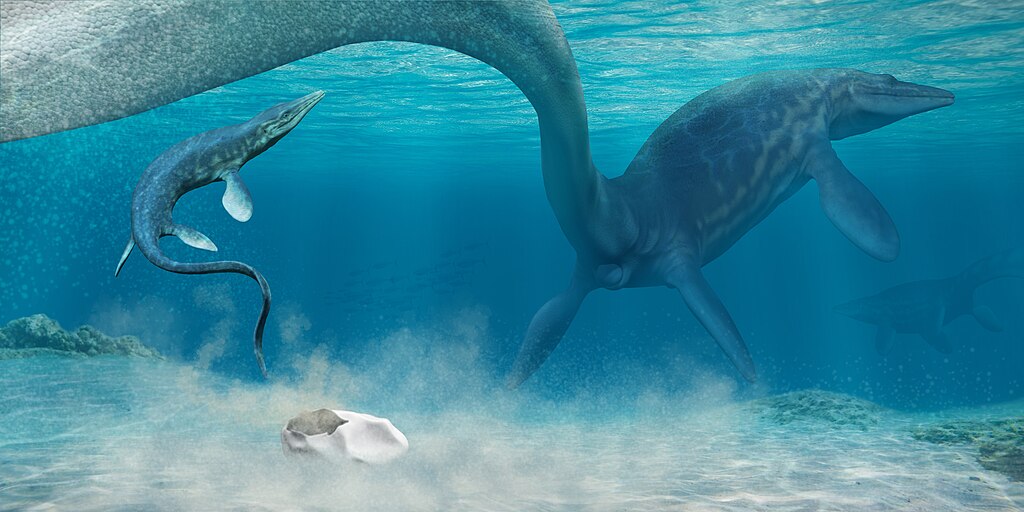
Perhaps the most spectacular squamates of the dinosaur age were the mosasaurs, enormous marine lizards that evolved from semi-aquatic lizards similar to modern monitor lizards. First appearing in the Late Cretaceous around 98 million years ago, mosasaurs rapidly diversified and grew to dominate marine ecosystems worldwide. These fearsome predators could reach lengths of up to 17 meters (56 feet), with powerful paddle-like limbs and long jaws lined with conical teeth. Mosasaurs like Tylosaurus and Prognathodon were apex predators that fed on fish, ammonites, birds, and even other marine reptiles. Their bodies were streamlined for aquatic life, with a long tail ending in a downturned fluke that propelled them through the water. Despite their superficial resemblance to modern sea serpents, mosasaurs were true lizards, more closely related to modern monitors and iguanas than to snakes, representing a remarkable case of convergent evolution with today’s marine mammals.
Bizarre Specialized Lizards

The Cretaceous period saw the evolution of some truly unusual, specialized lizards with adaptations unlike anything alive today. Among these oddities was Adriosaurus microbrachis, a semi-aquatic lizard with reduced forelimbs that represents a transitional form showing how some lizards were evolving toward a snake-like body plan. Another peculiar group was the polyglyphanodontids, lizards with complex multicuspid teeth similar to those of modern herbivorous mammals, suggesting they had specialized in plant consumption long before most modern herbivorous lizards. Perhaps most bizarre were the Late Cretaceous borioteiioids, which developed bulbous crushing teeth and robust jaws adapted for consuming hard-shelled prey like mollusks. Some lizards even evolved gliding adaptations, with elongated ribs supporting membrane-like skin that allowed them to glide between trees in a manner similar to modern flying dragons (Draco species). These specialized forms demonstrate how lizards were exploring diverse ecological niches during the age of dinosaurs.
Desert-Adapted Squamates

Arid environments during the Mesozoic Era drove the evolution of desert-adapted squamates with specialized features for survival in harsh conditions. Fossil evidence from Cretaceous deposits in Mongolia and China reveals lizards with features remarkably similar to modern desert-dwelling species. These adaptations included modified scales to reduce water loss, specialized eye structures to protect against sand and intense sunlight, and behavioral adaptations like burrowing. Notable among these desert specialists was Estesia mongoliensis, a large venomous lizard related to modern Gila monsters that prowled the ancient deserts of Mongolia. Another fascinating desert-dweller was Xianglong, a gliding lizard that likely used its elongated ribs and attached membranes to glide between scattered desert vegetation. The ability of squamates to thrive in these challenging environments helped establish them as one of the most successful vertebrate groups in arid regions, a pattern that continues today with modern desert-specialized lizards and snakes.
Evolution of Venom Systems

The development of venom delivery systems represents one of the most significant evolutionary innovations in squamate history, with important steps occurring during the Mesozoic Era. While the precise timing remains debated, evidence suggests that the foundations of venom production evolved in the common ancestor of snakes and some lizard groups during the Late Jurassic or Early Cretaceous. The Late Cretaceous lizard Estesia mongoliensis possessed grooved teeth similar to those in modern venomous lizards, suggesting it may have been among the first lizards to use venom for subduing prey. In early snakes, venom likely began as modified saliva produced in specialized oral glands, gradually becoming more toxic as these reptiles developed more sophisticated delivery systems. Molecular studies of venom proteins suggest that many components were recruited from ordinary physiological proteins that were duplicated and modified for new toxic functions. This evolutionary innovation gave venomous squamates a significant advantage in prey capture and would later diversify into the complex venom systems seen in modern vipers, cobras, and other venomous reptiles.
Ancient Constricting Snakes
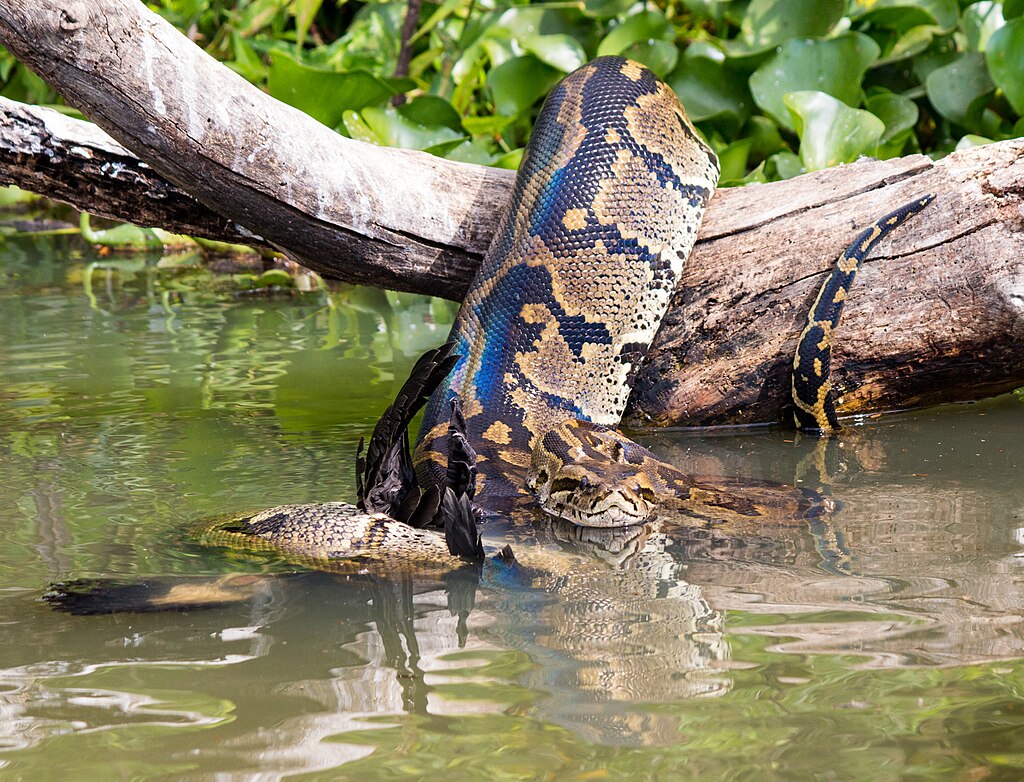
Constriction—the killing method where snakes wrap their powerful bodies around prey to cut off blood flow—appears to have evolved early in snake evolution. By the Late Cretaceous period, approximately 100-66 million years ago, several snake lineages had already developed the specialized musculature and behavior needed for effective constriction. Among the most impressive of these ancient constrictors was Sanajeh indicus, discovered in India with its body coiled around sauropod dinosaur eggs, suggesting it preyed on hatchling dinosaurs. Another notable example was Dinilysia patagonica from South America, a large snake reaching about 3 meters (10 feet) in length that likely used constriction to subdue mammals and other small vertebrates. These early constrictors lacked the specialized vertebral and muscular adaptations of modern boas and pythons, indicating that constriction techniques have been refined over millions of years of evolution. The ability to kill relatively large prey without venom offered these snakes a significant ecological advantage, allowing them to exploit food resources unavailable to other predators of similar size.
Tree-Dwelling Specialists
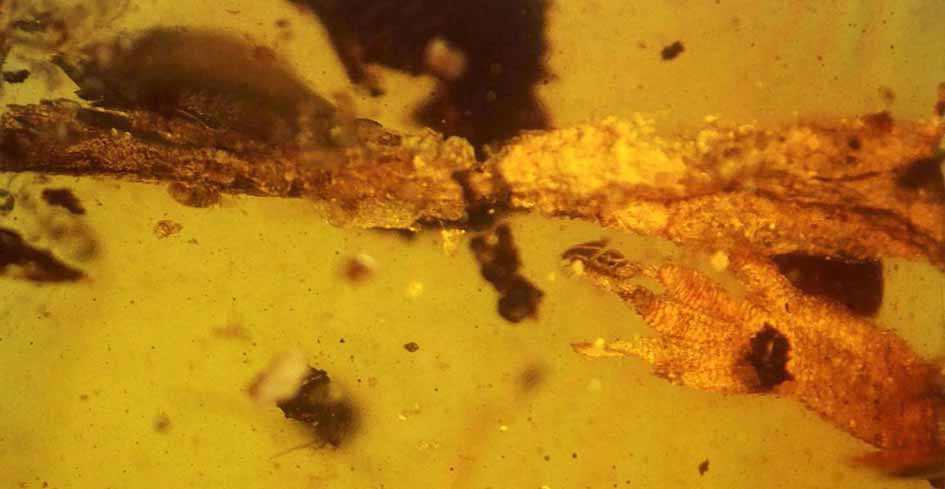
The lush forests of the Mesozoic Era provided new opportunities for squamates to adapt to arboreal (tree-dwelling) lifestyles, driving the evolution of specialized adaptations for climbing and moving through three-dimensional canopy environments. Fossil discoveries show that by the mid-Cretaceous period, multiple lizard lineages had independently developed features for arboreal living, including elongated digits, specialized toe pads, and prehensile tails. One notable arboreal specialist was Cretaceogekko burmae, a gecko preserved in amber from Myanmar dating to about 99 million years ago, which already possessed the specialized toe pads that allow modern geckos to climb vertical surfaces and even walk upside down. Some early snakes also showed adaptations for arboreal lifestyles, with more slender bodies and modified vertebrae that enhanced flexibility for moving through branches. The development of visual acuity became particularly important for these tree-dwellers, as they needed to accurately judge distances when moving through the canopy or striking at prey from precarious perches.
Giant Prehistoric Snakes

Although the truly gigantic snakes like Titanoboa emerged after the dinosaur extinction, the Late Cretaceous period saw the evolution of impressively large snakes that foreshadowed the giants to come. Dinilysia patagonica, from Argentina, grew to approximately 3 meters (10 feet) in length, making it substantially larger than most modern snakes. Another impressive species was Najash rionegrina, which, despite retaining vestigial hind limbs, had already evolved the significant body length characteristic of advanced snakes. These large Cretaceous snakes possessed vertebral adaptations that supported their increasing size, including more robust neural spines and more complex articulations between vertebrae. Their feeding ecology likely involved consuming relatively large prey, possibly including small dinosaurs, birds, and primitive mammals. The evolutionary trend toward increasing body size in some snake lineages during this period set the stage for the evolution of truly enormous constrictors like Titanoboa and giant madtsoiids that would emerge in the post-dinosaur world of the early Cenozoic Era.
Squamate Fossil Preservation

The fossil record of Mesozoic squamates is challenging due to their generally small size and delicate skeletons, which are less likely to fossilize than the massive bones of dinosaurs. Most squamate fossils from this era consist of fragmentary remains like isolated vertebrae, jaw fragments, or teeth, making complete reconstructions difficult. However, exceptional preservation sites have provided remarkable insights into ancient squamate diversity and anatomy. The Yixian Formation in China has yielded exquisitely preserved lizard specimens with soft tissue impressions that reveal details of scales and even internal organs. Perhaps most spectacular are amber inclusions from places like Myanmar (Burma), which have preserved 99-million-year-old lizards in three-dimensional detail, including skin, scales, and even original coloration patterns. Fossil-bearing locations in Brazil, Spain, and Lebanon have also produced articulated squamate skeletons with exceptional preservation. These rare complete specimens are invaluable windows into the biology and diversity of Mesozoic squamates, providing information that would be impossible to determine from fragmentary remains.
Surviving the K-Pg Extinction
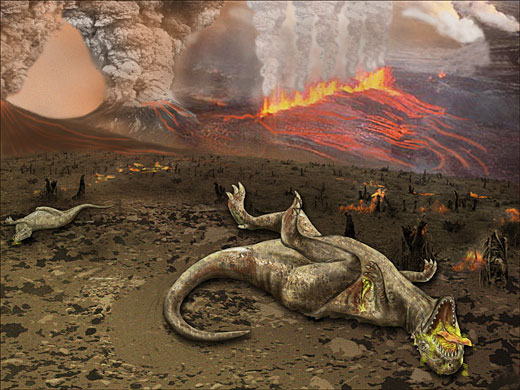
The Cretaceous-Paleogene (K-Pg) mass extinction event 66 million years ago wiped out all non-avian dinosaurs but had a markedly different impact on squamates. While an estimated 83% of snake and lizard species disappeared during this cataclysmic period, enough species survived to rebuild squamate diversity in the post-dinosaur world. The survival advantage for squamates likely stemmed from several factors. Their generally smaller body size meant they required less food to sustain themselves during the post-impact environmental collapse. Many species were insectivorous, feeding on resilient arthropods that also survived the extinction in significant numbers. Perhaps most importantly, many squamates could burrow underground or take shelter in protected microhabitats, shielding them from the immediate effects of the asteroid impact. The squamate lineages that survived—ancestors of modern geckos, iguanas, monitors, and various snake groups—underwent rapid adaptive radiation in the early Cenozoic, evolving to fill ecological niches left vacant by extinct dinosaurs and other reptiles, ultimately leading to the approximately 10,000 squamate species alive today.
Modern Legacy of Mesozoic Squamates

The snakes and lizards of today carry the evolutionary legacy of their Mesozoic ancestors, with many fundamental adaptations dating back to the age of dinosaurs. Modern geckos still utilize the specialized toe pad structures first seen in Cretaceous specimens preserved in amber. The venomous Gila monster and Mexican beaded lizard are living representatives of a lizard lineage whose venom systems evolved during the Late Cretaceous. Even the remarkable diversity of skull kinesis in modern snakes—the ability to dramatically expand their jaws to swallow large prey—has its origins in adaptations first developed by snakes during the Mesozoic Era. Molecular clock studies suggest that most major modern squamate families had diverged by the Late Cretaceous, meaning the basic blueprint for today’s lizard and snake diversity was established while dinosaurs still ruled the Earth. This deep evolutionary history explains the incredible ecological versatility of modern squamates, which have successfully colonized nearly every terrestrial habitat on Earth, from deserts to rainforests, and even marine environments—a testament to adaptations first forged in the competitive crucible of the dinosaur age.
Conclusion
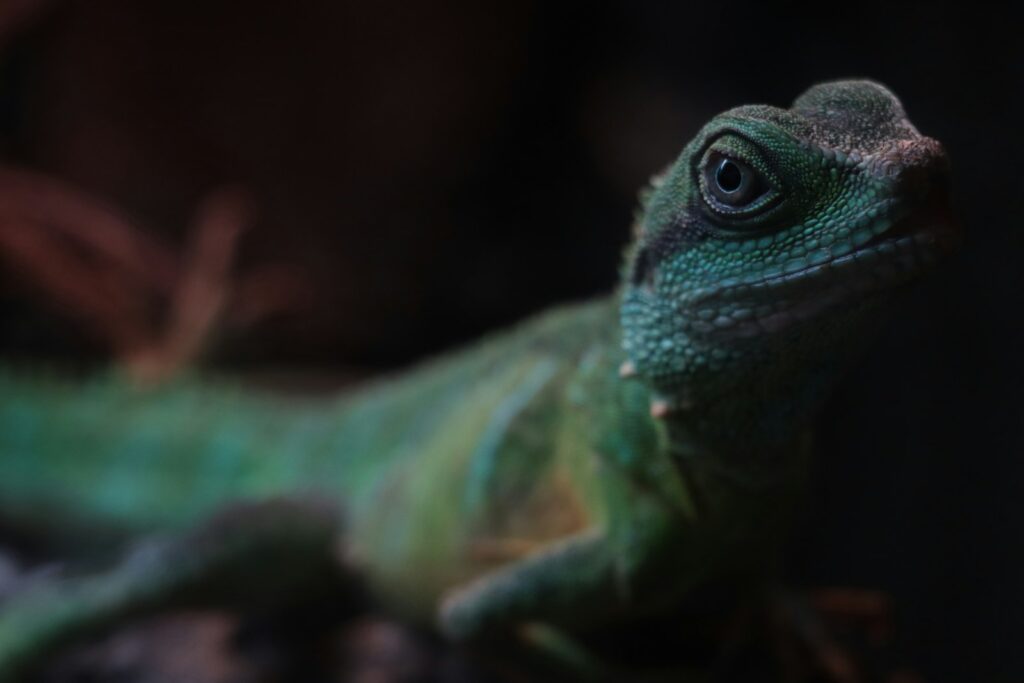
The Mesozoic Era represents a pivotal chapter in squamate evolution, during which the foundational adaptations and diversity of modern lizards and snakes were established. From humble beginnings as small, generalized reptiles, squamates evolved spectacular innovations—limblessness in snakes, venom systems, marine adaptations in mosasaurs, and specialized feeding mechanisms. While these creatures lived in the shadow of dinosaurs, they were developing the remarkable adaptability that would allow them to survive the extinction that claimed their larger contemporaries. The resilience and evolutionary plasticity developed during this period explain why squamates remain one of Earth’s most successful vertebrate groups today, with over 10,000 species adapting to almost every terrestrial environment on the planet. In many ways, the Age of Dinosaurs was also the formative period for the Age of Squamates that continues to this day.



